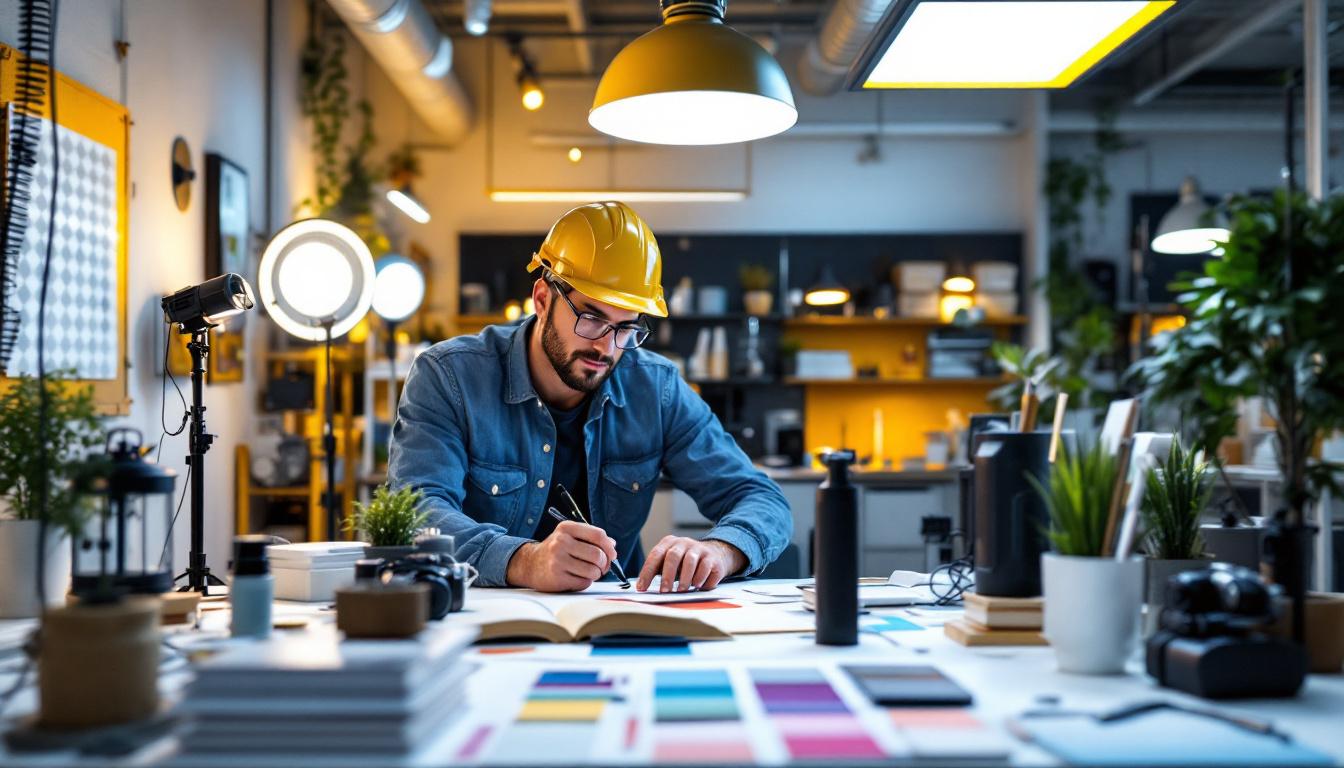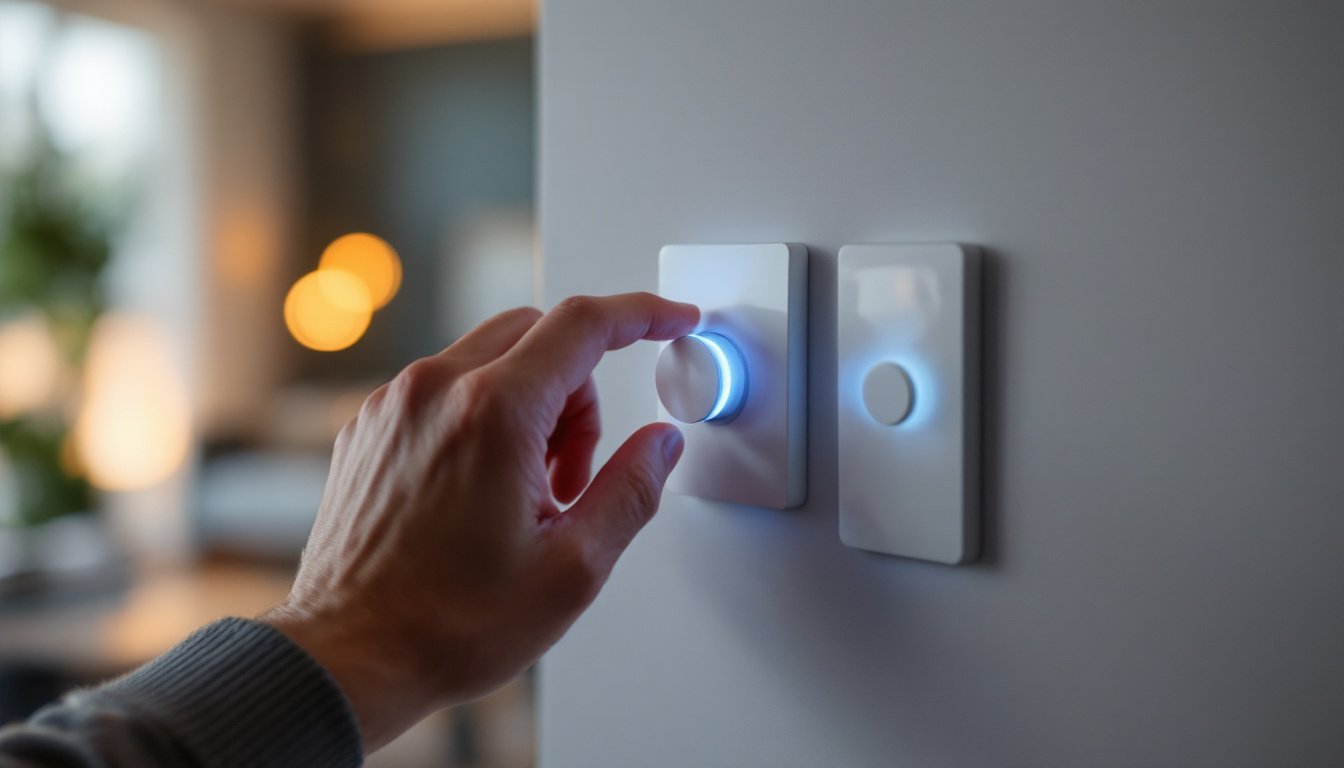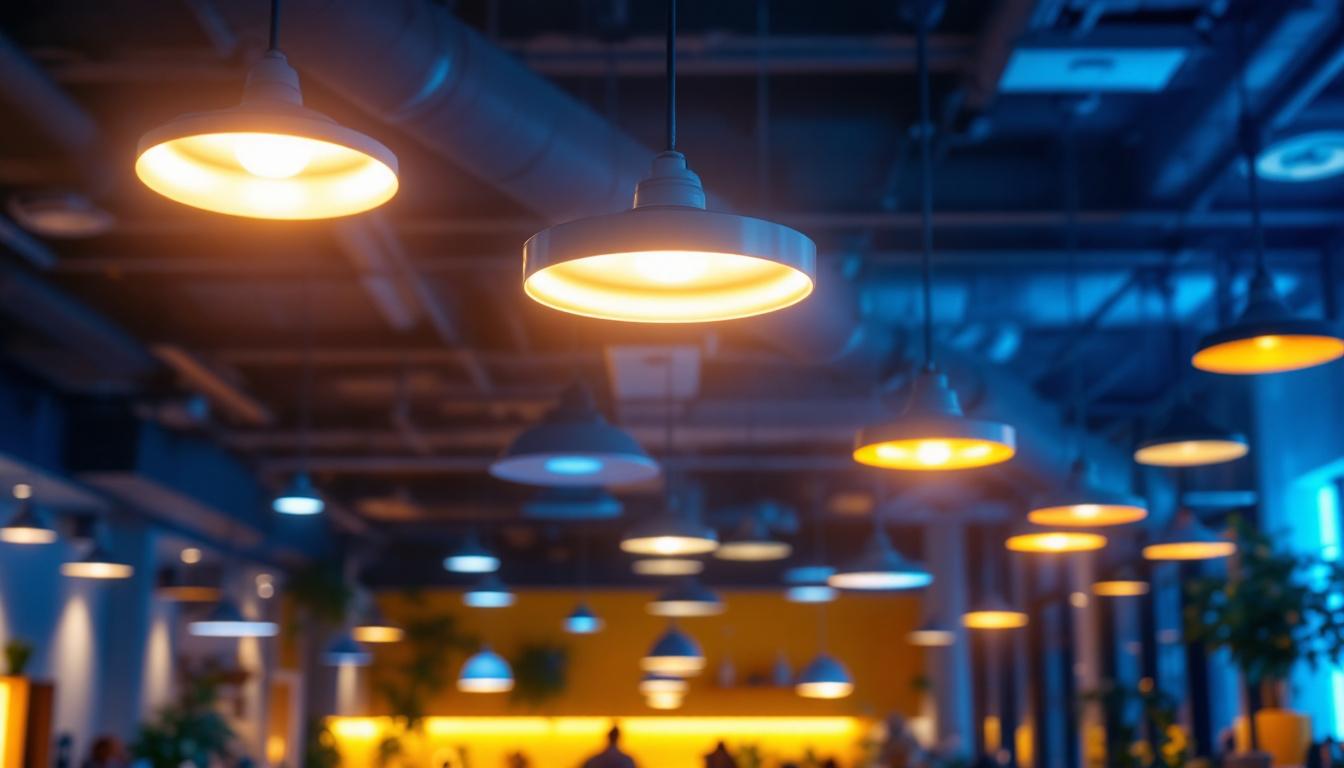
In the ever-evolving world of lighting design, the importance of a well-structured light lab cannot be overstated. For lighting contractors, understanding the essentials of light lab design is crucial for delivering high-quality projects that meet the diverse needs of clients. This article explores the key components and considerations that should be taken into account when designing a light lab, ensuring that contractors are equipped with the knowledge necessary to excel in their field.
A light lab serves as a dedicated space for testing, developing, and showcasing various lighting solutions. It is a hub of innovation where lighting contractors can experiment with different technologies, materials, and designs. The primary purpose of a light lab is to facilitate the exploration of lighting concepts, improve product performance, and ultimately enhance the quality of lighting installations.
Moreover, a well-designed light lab can also serve as a valuable marketing tool. By showcasing the latest lighting technologies and solutions, contractors can attract potential clients and demonstrate their expertise in the field. This not only helps in building trust but also positions the contractor as a leader in lighting design.
In addition to serving as a testing ground, a light lab often includes advanced equipment such as spectrometers and photometers, allowing for precise measurement and analysis of light output and quality. These tools enable lighting designers to assess color temperature, lumens, and energy efficiency, which are critical factors in creating effective lighting solutions. The data gathered from these tests can lead to significant improvements in product development, ensuring that the final offerings meet the highest standards of performance and sustainability.
Furthermore, collaboration is a key aspect of a light lab’s function. By bringing together engineers, designers, and researchers, a light lab fosters an environment where ideas can be exchanged and refined. Workshops and seminars can be held within this space, allowing industry professionals to share insights and trends in lighting technology. This collaborative approach not only enhances the knowledge base of those involved but also encourages innovative thinking that can lead to groundbreaking lighting solutions tailored to the needs of various sectors, from residential to commercial and beyond.
Designing an effective light lab requires careful consideration of various elements. From spatial layout to equipment selection, each component plays a significant role in the lab’s functionality and efficiency. Below are some of the key elements that should be prioritized in light lab design.
The spatial layout of a light lab is fundamental to its effectiveness. A well-organized space allows for seamless workflow and maximizes the potential for experimentation. The layout should include dedicated areas for testing, assembly, and storage of lighting fixtures and equipment.
Consideration should also be given to the flow of movement within the lab. Ensuring that areas are easily accessible can reduce downtime and enhance productivity. Furthermore, incorporating flexible workstations can accommodate various projects and team sizes, adapting to the changing needs of the contractors.
Integrating advanced lighting control systems is essential for a light lab. These systems allow for precise adjustments of light intensity, color temperature, and other parameters, enabling contractors to simulate real-world conditions. The ability to manipulate lighting settings is crucial for testing the performance of different fixtures and understanding their impact on various environments.
Additionally, incorporating smart technology can enhance the functionality of the lab. Automated systems can facilitate data collection and analysis, providing valuable insights into lighting performance and efficiency. This information can be instrumental in making informed decisions regarding product development and installation practices.
Equipping a light lab with the right testing equipment is vital for accurate results. Essential tools include photometers, spectrometers, and colorimeters, which help measure light output, color accuracy, and other critical parameters. These instruments enable contractors to evaluate the performance of lighting solutions comprehensively.
Moreover, investing in simulation software can further enhance the lab’s capabilities. Such software allows for virtual testing and modeling of lighting scenarios, providing a cost-effective way to explore various design options before physical implementation. This can save time and resources while ensuring that the final product meets client expectations.
Safety should always be a top priority when designing a light lab. The presence of electrical equipment and the potential for hazardous materials necessitate the implementation of strict safety protocols. Below are some key safety considerations that lighting contractors should keep in mind.
Ensuring electrical safety in the lab is paramount. All electrical installations should comply with local codes and regulations, and regular inspections should be conducted to identify any potential hazards. Proper grounding and circuit protection are essential to prevent electrical shocks and equipment damage.
Additionally, providing adequate training for staff on electrical safety practices can help mitigate risks. Contractors should ensure that all team members are familiar with emergency procedures and know how to operate equipment safely.
Many lighting materials can pose health risks if not handled correctly. Contractors should implement proper storage solutions for hazardous materials, such as chemicals used in the manufacturing of lighting fixtures. Clear labeling and safety data sheets should be readily available to inform staff about the risks associated with these materials.
Moreover, providing personal protective equipment (PPE) for employees is essential. This includes gloves, goggles, and masks, which can help protect against exposure to harmful substances during testing and assembly processes.
As the demand for sustainable solutions continues to grow, incorporating eco-friendly practices into light lab design is increasingly important. Lighting contractors should consider the following strategies to promote sustainability within their labs.
Investing in energy-efficient lighting fixtures and testing equipment can significantly reduce the lab’s overall energy consumption. LED technology, for example, not only offers superior performance but also consumes less power compared to traditional lighting options. This not only contributes to sustainability but can also lead to cost savings in the long run.
Furthermore, utilizing energy management systems can help monitor and optimize energy usage within the lab. These systems can provide insights into consumption patterns and identify opportunities for further efficiency improvements.
Implementing effective waste management practices is another critical aspect of sustainability. Contractors should develop a plan for recycling and disposing of materials responsibly. This includes proper disposal of old fixtures, packaging materials, and any hazardous substances.
Encouraging a culture of sustainability among staff can also foster a more environmentally conscious work environment. Regular training sessions and workshops can help raise awareness about the importance of sustainable practices and motivate employees to adopt eco-friendly habits.
Collaboration is a key driver of innovation in the lighting industry. A light lab should be designed to facilitate teamwork and encourage the sharing of ideas among contractors, designers, and engineers. Below are some strategies to promote collaboration within a light lab.
Creating open communication spaces within the lab can foster collaboration and idea exchange. These areas can be equipped with comfortable seating, whiteboards, and technology for presentations, allowing teams to brainstorm and discuss projects effectively.
Encouraging regular meetings and discussions can also help keep everyone informed about ongoing projects and developments. This open dialogue can lead to innovative solutions and improvements in lighting design.
Forming cross-disciplinary teams can enhance creativity and problem-solving capabilities. By bringing together individuals with diverse skill sets and backgrounds, contractors can leverage different perspectives to tackle complex lighting challenges.
Moreover, collaborating with external experts, such as architects and interior designers, can provide valuable insights into how lighting interacts with other design elements. This holistic approach can lead to more cohesive and effective lighting solutions.
The lighting industry is continuously evolving, and staying ahead of emerging trends is essential for lighting contractors. Understanding future trends in light lab design can help contractors prepare for the changing landscape and maintain a competitive edge.
As smart lighting technologies gain traction, integrating these solutions into light lab design will become increasingly important. Contractors should explore the potential of IoT (Internet of Things) devices, which enable remote control and monitoring of lighting systems. This technology not only enhances convenience but also allows for more efficient energy management.
Additionally, smart lighting can provide valuable data analytics, allowing contractors to assess performance and make informed decisions regarding future projects. Embracing these technologies can position contractors as forward-thinking leaders in the industry.
Virtual reality (VR) and augmented reality (AR) are transforming the way lighting designs are conceptualized and presented. Incorporating VR and AR tools into the light lab can enable contractors to create immersive experiences for clients, allowing them to visualize lighting solutions in real-time.
This technology can also facilitate remote collaboration, enabling teams to work together on projects regardless of their physical location. As these tools become more accessible, integrating them into light lab design will be crucial for staying competitive in the market.
Designing an effective light lab is an essential aspect of success for lighting contractors. By understanding the purpose of a light lab, prioritizing key elements such as spatial layout and testing equipment, and incorporating safety and sustainability practices, contractors can create a space that fosters innovation and collaboration.
As the industry continues to evolve, staying informed about future trends and embracing new technologies will be vital for maintaining a competitive edge. With a well-designed light lab, lighting contractors can not only enhance their own capabilities but also deliver exceptional solutions that meet the diverse needs of their clients.
Ready to take your lighting projects to the next level? At LumenWholesale, we provide lighting contractors with the highest quality, spec-grade lighting products at the most competitive wholesale prices. Say goodbye to local distributor markups and hello to a vast selection of reliable, high-performance lighting that meets the strictest industry standards. With the added convenience of free shipping on bulk orders, you can trust that you’re getting premium lighting solutions at the best value — no hidden fees, no compromises. Elevate your light lab design and client offerings today by visiting Wholesale Lighting at the Best Value and discover the LumenWholesale difference.

Discover the essential strategies and tips for lighting contractors working with T8 bulbs.

Discover the essentials of dimmer switches for LED lights in this insightful guide tailored for lighting contractors.

Discover the transformative power of commercial LED light fixtures in achieving energy-efficient lighting solutions.

Discover the essential resources lighting contractors rely on to master the use of Decora dimmers.